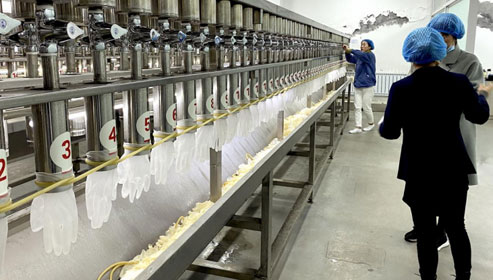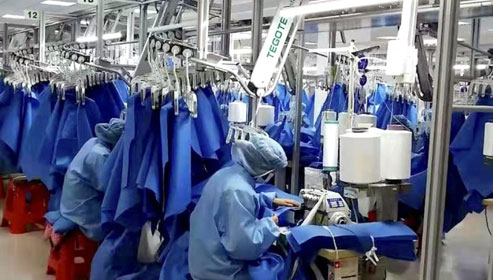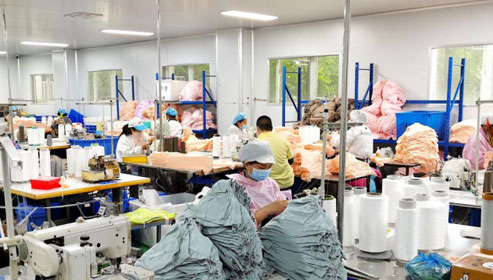In the field of medicine, maintaining a sterile environment during surgical procedures is of utmost importance. Surgeons and other healthcare professionals rely on various protective gears, among which surgeon gowns play a pivotal role. These gowns help ensure the safety of both patients and healthcare providers by preventing the transfer of harmful bacteria and contaminants. In this blog post, we will discuss the significance of proper hygiene protocols with surgeon gowns and how they contribute to the overall success of medical procedures.
To ensure a safe surgical environment, surgeon gowns act as a primary line of defense against the transmission of pathogens. These gowns are specifically designed to cover the entire body, from neck to ankle, offering full protection to healthcare professionals. Made from high-quality materials, such as fluid-resistant fabric, surgeon gowns minimize the risk of contamination via bodily fluids or aerosols, thus reducing the potential for surgical site infections (SSIs).
SSIs are a significant concern within the healthcare industry, as they can lead to prolonged hospital stays, increased healthcare costs, and even patient morbidity. By following proper hygiene protocols with the surgeon gown, healthcare providers can help minimize the occurrence of SSIs. A surgeon gown acts as a physical barrier between the surgical site and potential contaminants, reducing the risk of bacteria reaching the wound and causing infections.
To ensure the effectiveness of surgeon gowns in maintaining proper hygiene, various protocols must be followed. These protocols include appropriate gown selection, proper gown donning and doffing techniques, and regular gown changing during long surgical procedures. It is essential for healthcare professionals to receive proper training on gown usage to ensure compliance with these protocols and to prevent any breach in sterility.
The proper utilization of surgeon gowns significantly contributes to the overall sterility assurance of surgical procedures. Alongside other measures like hand hygiene, sterilization of equipment, and controlled operating room environments, surgeon gowns act as a crucial defense against cross-contamination. By adhering to strict hygiene protocols, healthcare providers can safeguard patients against potential infections and promote successful outcomes.
In conclusion, surgeon gowns play a vital role in maintaining proper hygiene protocols during surgical procedures. These gowns act as a barrier against the transmission of dangerous pathogens, reducing the risk of SSIs and fostering successful outcomes. By following appropriate gown selection, donning and doffing techniques, and regular gown changing, healthcare professionals can ensure a sterile environment that protects both patients and medical teams. The adherence to such protocols is paramount in upholding proper hygiene standards in healthcare settings and fostering patient trust in medical procedures.


